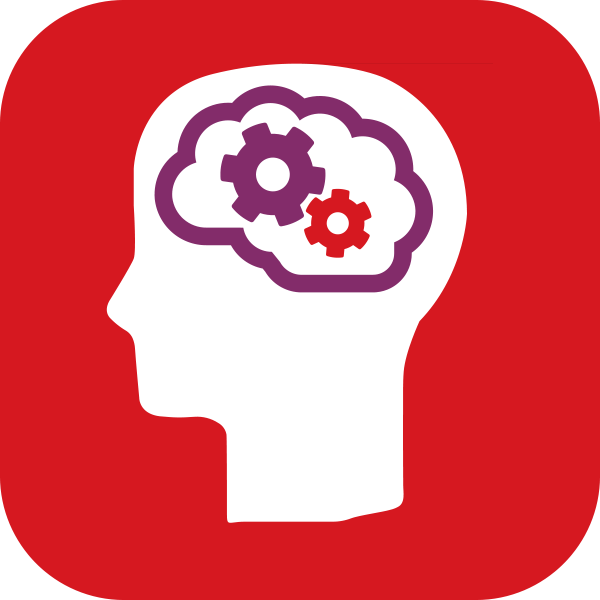Andy Small spent the first 12 years of his teaching career in a state primary school in the UK, before taking on assessment leadership in an independent prep school, where he implemented GL Education’s products. His school participated in our partnership programme as an Advocate Partner, before he joined our Assessment Insights team, supporting schools using his knowledge of how our assessments can be used to improve learners’ outcomes. He now oversees provision of our tests and measures for independent sector schools and grammar schools in the UK.
What is PASS?
“Pupil Attitudes to Self and School (PASS) is a psychometric assessment, developed by educational psychologists to assess students' satisfaction across nine factors related to perceptions of themselves as learners and their learning environments. It's designed to spot attitudinal or emotional issues in learners before they can have too great an impact on educational performance and thinking.
What does PASS tell you about your learners?
“PASS measures the impact that a school climate and culture can have on the development of its learners, as well as telling you a lot about how each of those learners feels about themselves as a learner and about themselves as an individual within the context of their learning environment.
“It measures a range of factors which, considered in combination, will tell you about wellbeing and a learner’s potential to achieve at that point in time. Some of these factors are more learning focused, some look at self-perceived academic competence, and others at student engagement with learning, to reach an overview of how a learner is feeling about themselves and their education.
What data does PASS give you?
“PASS data is presented in two ways: raw ‘percentage positivity’ that can be directly compared from one administration to the next, and as a contextualised percentile versus other learners of a similar age profile.
“Norms are calculated for nine different factors: ‘Feelings about school’, ‘Perceived learning capability’, ‘Self-regard as a learner’, ‘Preparedness for learning’, ‘Attitudes to teachers’, ‘General work ethic’, ‘Confidence in learning’, ‘Attitudes to attendance’ and ‘Response to curriculum demands’.
“I found it really useful as a teacher to be able to fill in any gaps where other ability data or attainment data might be showing some sort of inconsistency. PASS helps to answer that ‘why?’ question.
“For example, I had a Year 5 (Grade 4) learner who was very capable, but started to display some concerning behaviours mid-year and his attainment went rapidly downhill. We ran PASS and got results that were very different to the previous administration for the learner, but this gave us additional context to speak to his family about other things that might be influencing his learning behaviour. We found out that he had been communicating to them that he was finding it difficult to follow in his older sister’s footsteps and thought that it was easier to stop trying than to continue to work hard and strive to achieve. PASS gave us the vehicle to have that conversation and to join the dots to identify how we might support him.
How can schools and teachers follow up PASS?
“Triangulating data from PASS against other assessment information – like a learner’s Cognitive Ability Test (CAT4) scores and/or attainment in English, maths and/or reading assessments – helps to fill in any gaps so that you can build a better picture of the ‘why?’
“The fact that PASS is a digital assessment means that the results are immediate and school staff can instantly start engaging with the color-coded RAG rated reporting, enabling quick identification of trends across groups of learners, or specific areas for attention with individual learners.
“As well as self-guided online training material, PASS comes with an online intervention tool that has over 70 intervention strategy ideas, each associated with one of the nine factors measured by PASS. Once a teacher or leadership team has identified key issues, at whole school, group, or individual level, the intervention resources can help to guide immediate responses to need.
How is PASS different to other assessments?
“PASS gives really valuable insight into the cultural aspects of a school, considering ‘how do we do things here?’ and ‘what is the impact?’. It can really provide the evidence to support schools to ask themselves questions about what they’re doing well, what’s recognised by the learners and supports them to achieve, and what more they could do to promote self-efficacy and wellbeing in young people.
“There’s no other assessment out there that takes account of so many points - 27 in the Foundation Stage and KS1 (Pre-Kindergarten to Grade 1), and 50 for KS2-5 (Grade 2 to Grade 12). It’s available in 26 different languages, opening it up to EAL learners, and it is curriculum independent, and so doesn't require any previous knowledge. All of these things make it a really accessible assessment. It takes just 15 to 20 minutes to administer – I, for example, ran it during my form registration period.
How does the use of PASS foster a supportive school climate?
“The schools that I've worked in include lots of potentially ‘fragile’ learners who are quite good at hiding their insecurities or sometimes shrinking into the background. PASS can help school staff to understand the whole learner by screening for those often-hidden issues, such as low self-efficacy, or other barriers to learning. It identifies the vulnerable learners within a group, so that you can support them and mitigate against the chance of them becoming disaffected and disengaged.
“In light of school closures and the subsequent absence from school, school leaders’ can use PASS results to uncover issues and take supporting actions to help to foster a positive attitude, and as a direct result, improve mental health in young people. We know that the most efficacious learners are those with positive attitudes towards themselves and towards their schooling, and that these learners achieve better academic outcomes.”



